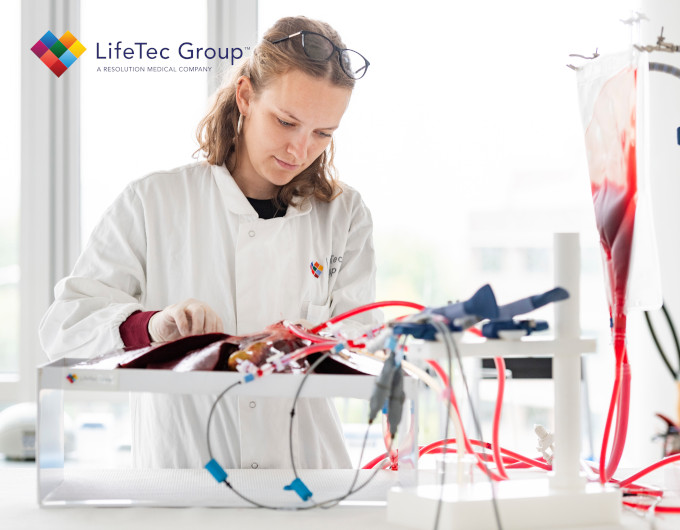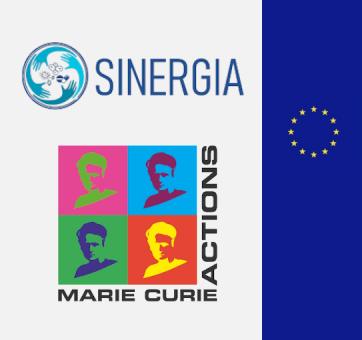LifeTec Group is developing an ex-vivo normothermic perfused liver model to enable organ-based studies on interventional treatments in a realistic environment, the BioLiver.
However, the functionality and viability of the livers used in the BioLiver depends on the condition of the organs following the harvesting procedure. In this study, we aimed to determine whether livers sourced from slaughterhouses could be used as an alternative to laboratory pig livers and whether different stunning techniques impacted their quality and viability.

The Quest
The team compared livers obtained from slaughterhouse pigs subjected to either electrical stunning or CO2 inhalation, and laboratory pigs that underwent a warm ischemia time (WIT) simulation. WIT refers to the period of reduced blood flow and oxygen supply that an organ experiences before transplantation. The researchers aimed to assess the impact of these factors on liver functionality during ex vivo perfusion.
The Study
The study conducted by Ruppelt et al. aimed to assess the impact of different stunning techniques on liver functionality during ex vivo perfusion in the BioLiver platform. Results revealed a significant difference in liver functionality between two stunning techniques. Livers from electrically stunned pigs demonstrated better indocyanine green clearance, bile production, blood lactate and potassium concentrations, and alanine aminotransferase (ALT) activities compared to livers from CO2-stunned pigs. Livers from electrically stunned slaughterhouse pigs showed comparable performance to laboratory pig livers, further supporting potential of the use of the BioLiver platform for preclinical research.
The Path Forward
The publication of this research represents a significant stride towards bridging the gap between bench testing and in vivo modeling. The BioLiver Platform offers researchers a powerful tool to advance their research ethically and efficiently. We aim to constantly improve our BioSimulators and what lies ahead on the path of our research is the exploration of the next crucial question: 'What are the future steps to better understand the impact of the mechanical environment during perfusion on liver functionality and viability?’.
The project was funded by European Union's Horizon 2020 research and innovation program under the Marie Sklodowska-Curie grant agreement No 860715.
- COLOFON
SINERGIA

Ruppelt A, Pijnenburg I, Pappers C, et al. Are slaughterhouse-obtained livers suitable for use in ex vivo perfusion research? Journal of International Medical Research. 2023;51(8). doi: 10.1177/03000605231189651
Interested in more about what we do at LifeTec Group? Contact us!
Call at +31 40 2989393 Or e-mail us
